How to Earn Money From Facebook Ads? Guide for Paid Ads
Facebook’s advertising platform has become a powerful tool for businesses of all sizes to reach their target audience and drive sales. In fact, as per Demand Sage, the platform boasts over 3.07 billion monthly active users, making it one of the largest social media networks in the world.
And with the right strategy, businesses can leverage Facebook ads to generate significant revenue. As per Meta, 3 million businesses actively advertise on Facebook. There’s no better proof showcasing the importance of Facebook Ads to gain clients and make money.
In this post, we’ll dive into the steps you need to take to create effective Facebook ads and maximize your return on investment. First, we’ll cover the basics of setting up a Facebook ad campaign, including choosing your objective, targeting your audience, and designing eye-catching visuals.
Next, we’ll explore key tactics to keep in mind as you craft your ads, such as crafting compelling copy, testing different ad formats, and tracking your performance metrics. By the end of this guide, you’ll have a solid understanding of how to use Facebook ads to generate leads, drive sales, and grow your business.
So, let’s get started!
How to create a Facebook Ad?
Facebook is one of the most popular, effective, and culture-driven apps and social media marketing tools. Creating a successful Facebook ad campaign involves several key steps. Let’s dive in and explore each one in detail:
1. Set Your Campaign Objective
The first step in creating a Facebook ad is to determine your campaign objective. Facebook offers a range of objectives to choose from, including:
- Awareness: These objectives are designed to increase brand awareness and reach, such as Brand Awareness and Reach.
- Consideration: These objectives aim to get people to think about your business and interact with your content, such as Traffic, Engagement, App Installs, and Video Views.
- Conversion: These objectives focus on driving valuable actions, such as Conversions, Catalog Sales, and Store Visits.
When selecting your objective, it’s important to align it with your overall business goals. For example, if you’re looking to drive more website traffic, you would choose the Traffic objective. If your goal is to generate leads, you might select the Conversions objective.
Example: Let’s say you own an e-commerce store selling home decor products. Your primary goal is to drive online sales, so you would likely choose the Conversions objective to optimize your ads for purchases.
2. Define Your Target Audience
Targeting the right audience is crucial for the success of your Facebook ad campaign. Facebook’s robust targeting options allow you to get laser-focused on your ideal customers. Some of the key targeting criteria you can use include:
- Demographics: Age, gender, location, language, education, and more.
- Interests: Pages people like, the topics they’re interested in, the apps they use, and their online behaviors.
- Behaviors: Purchase behaviors, device usage, and life events.
- Connections: People who are connected to your Facebook Page, app, or event.
When defining your target audience, it’s important to create a detailed buyer persona and test different targeting options to find the sweet spot.
Example: Continuing with the home decor store, you might target women between the ages of 25-44 who live in major metropolitan areas, are interested in interior design and home improvement, and have previously purchased home goods online.
3. Choose Your Ad Placements
Facebook offers a variety of ad placements, each with its own unique characteristics and performance metrics. The main placements include:
- Facebook News Feed: Ads that appear in the main feed on desktop and mobile.
- Instagram Feed: Ads that appear in the main feed on Instagram.
- Facebook Marketplace: Ads that appear in the Marketplace section of Facebook.
- Facebook Stories: Vertical, full-screen ads that appear between users’ Stories.
- Instagram Stories: Vertical, full-screen ads that appear between users’ Stories on Instagram.
- Messenger Inbox: Ads that appear in the Messenger inbox.
- Audience Network: Ads that appear on partner websites and apps outside of Facebook and Instagram.
Depending on your campaign objective and target audience, you may want to select a single placement or a combination of placements to maximize your reach and engagement.
Example: For your home decor store, you might choose to run your ads in the Facebook News Feed and Instagram Feed, as these placements are likely to reach your target audience of women interested in home design.
4. Create Your Ad Creative
The visual elements of your Facebook ad are critical for capturing attention and driving conversions. When creating your ad creative, consider the following best practices:
- Use high-quality, visually appealing images or videos: Choose images that are clear, and well-lit, and showcase your products or services in an attractive way.
- Leverage eye-catching, attention-grabbing visuals: Use bold colors, unique compositions, and compelling visual elements to make your ad stand out in the feed.
- Ensure your ad creative is on-brand: Maintain consistent branding, messaging, and design elements across all your Facebook ads.
- Optimize for mobile: Since the majority of Facebook users access the platform on their mobile devices, make sure your ad creative looks great on smaller screens.
- Test different ad formats: Experiment with various ad formats, such as single image, carousel, video, and Collection ads, to see which performs best for your campaign.
Example: For your home decor store, you might create a carousel ad featuring beautiful lifestyle images of your products in different room settings. The visuals should be high-quality, on-brand, and tailored to appeal to your target audience of women interested in home design.
5. Write Compelling Ad Copy
The text in your Facebook ad is just as important as the visual elements. Effective ad copy should be concise, attention-grabbing, and focused on the benefits for the user. Here are some tips for crafting great ad copy:
- Highlight the unique value proposition: Clearly communicate what makes your product or service special and why the user should care.
- Use persuasive language: Incorporate power words, emotional appeals, and a sense of urgency to encourage the user to take action.
- Include a clear call-to-action (CTA): Tell the user exactly what you want them to do, such as “Shop Now,” “Learn More,” or “Sign Up.”
- Tailor the copy to your target audience: Use language that resonates with your ideal customer and addresses their specific pain points or desires.
- Test different ad copy variations: Experiment with different headlines, descriptions, and CTAs to see what performs best.
Example: For your home decor store’s Facebook ad, your ad copy might read: “Transform your home with our latest collection of stylish and affordable home decor. Shop now and get 20% off your first purchase!”
6. Set Your Ad Budget and Bidding Strategy
The final step in creating a Facebook ad is to set your ad budget and bidding strategy. Facebook offers several options for ad budgeting and bidding, including:
- Daily budget: The average amount you’re willing to spend per day on your ad campaign.
- Lifetime budget: The total amount you’re willing to spend over the duration of your campaign.
- Automatic bidding: Facebook’s algorithm automatically adjusts your bids to get the best results based on your campaign objective.
- Manual bidding: You set a maximum bid for each action you want to optimize for, such as clicks or conversions.
When setting your budget and bidding, it’s important to consider your campaign objectives, target audience, and the competitiveness of your industry. You may also want to start with a smaller budget and gradually increase it as you gather data and optimize your campaign.
Example: For your home decor store’s Facebook ad campaign, you might set a daily budget of $50 and use automatic bidding to optimize for conversions (purchases). As you gather data and fine-tune your campaign, you can adjust your budget and bidding strategy accordingly.
By following these steps, you’ll be well on your way to creating effective Facebook ads that drive real results for your business. Remember, the key to success is continuous testing, analysis, and optimization to find the strategies that work best for your unique goals and audience.
The cost of a Facebook Ad?
The Cost of Facebook Ads
Facebook advertising can be a powerful tool for businesses of all sizes, but the cost of running Facebook ads can vary widely depending on many factors. According to a report by Wordstream, the average cost-per-click (CPC) for Facebook ads across all industries is $1.72, while the average cost-per-action (CPA) is $18.68.
However, these averages can fluctuate significantly based on factors such as your industry, target audience, ad placement, and bidding strategy. Let’s take a closer look at the typical cost of Facebook ads for small, medium, and large businesses.
Small Businesses
For small businesses, the average cost-per-click for Facebook ads can range from $0.50 to $2.00, while the average cost-per-action can be anywhere from $5.00 to $50.00. These lower costs are often due to smaller budgets, more niche targeting, and less competition in the ad auction.
Small businesses may also have the advantage of being able to target very specific, localized audiences, which can help keep costs down. Additionally, small businesses can leverage Facebook’s self-serve advertising platform to manage their campaigns and budgets more efficiently.
Medium-Sized Businesses
Medium-sized businesses tend to have a slightly higher average cost-per-click, ranging from $1.00 to $3.00, and a cost-per-action between $20.00 and $80.00. This increase in cost is often due to more robust targeting capabilities, larger budgets, and more competition in the ad auction.
Medium-sized businesses may also have the resources to invest in more sophisticated ad creative, copywriting, and campaign optimization, which can help improve their return on investment (ROI) despite the higher costs.
Large Enterprises
Large enterprises often have the biggest budgets and the most advanced targeting capabilities, which can result in higher average costs-per-click and costs-per-action. According to the Wordstream report, the average CPC for large businesses can range from $2.00 to $5.00, and the average CPA can be between $50.00 and $150.00.
However, these higher costs can also translate to better results, as large enterprises often have the resources to create highly targeted, personalized ad campaigns that resonate with their audience. Additionally, large businesses may be able to leverage economies of scale to achieve a lower cost-per-acquisition over time.
It’s important to note that these cost ranges are just general guidelines, and the actual cost of your Facebook ads can vary significantly based on your specific business, industry, and marketing strategy. Continuous testing, optimization, and analysis are key to finding your business’s most effective and efficient Facebook advertising approach.
H3: How to earn money from Facebook Ads?
Leveraging Facebook’s massive user base and powerful advertising platform can be a lucrative way to generate revenue for your business. Here are some key strategies to help you earn money from Facebook ads:
1. Promote Your Products or Services
One of the most straightforward ways to earn money from Facebook ads is by promoting your own products or services directly to your target audience. According to a report by Statista, businesses generated an average of $10.73 in revenue for every $1 spent on Facebook ads in 2022.
For example, Canva, a popular graphic design platform, has found great success in using Facebook ads to promote its suite of design tools and templates. By targeting users interested in design, marketing, and entrepreneurship, Canva was able to drive significant sales and grow their subscriber base.
2. Leverage Facebook Shops and Catalogs
Facebook’s Shops and Catalogs features allow businesses to showcase their products directly on the platform, making it easier for users to discover and purchase your offerings. In fact, a study by BigCommerce found that businesses using Facebook Shops saw a 30% increase in sales compared to those who did not.
One success story is that of Tiny Devotions, a jewelry brand that uses Facebook Shops to showcase its collection and drive online sales. By creating a seamless shopping experience within the Facebook ecosystem, Tiny Devotions was able to expand its customer base and increase its overall revenue.
3. Promote Affiliate Products
Another way to earn money from Facebook ads is by promoting affiliate products or services. By partnering with other businesses and promoting their offerings to your audience, you can earn commissions on any resulting sales.
For example, the personal finance blog The Penny Hoarder has found great success in using Facebook ads to promote affiliate products, such as credit cards and investment services. By targeting users interested in personal finance and money-saving tips, The Penny Hoarder was able to generate significant revenue from their Facebook ad campaigns.
4. Offer Lead Generation Services
If your business provides services or consulting, you can use Facebook ads to generate high-quality leads for your sales team. By offering valuable content or resources in exchange for contact information, you can build a pipeline of potential customers to nurture and convert.
One company that has excelled at this is Hubspot, a leading provider of marketing, sales, and customer service software. Hubspot uses Facebook ads to promote its library of educational content, such as ebooks and webinars, which in turn generates leads for its sales team to follow up on.
5. Leverage Facebook’s Audience Network
Facebook’s Audience Network allows you to extend your ad campaigns beyond the Facebook and Instagram platforms, placing your ads on a network of partner websites and apps. This can be a powerful way to increase your reach and drive additional revenue.
Airbnb, for example, has used the Audience Network to promote their vacation rental listings to users across the web, resulting in a 20% increase in bookings compared to their Facebook and Instagram campaigns alone.
By implementing these strategies and continuously optimizing your Facebook ad campaigns, you can unlock the full potential of this powerful advertising platform and generate significant revenue for your business.
Remember to track your key performance metrics, such as return on ad spend (ROAS) and customer lifetime value (CLV), to ensure your Facebook ad efforts are delivering a positive impact on your bottom line.
Tips to Crafting Effective Facebook Ads
Compelling visuals, clear messaging, and data-driven optimization are the cornerstones of high-performing Facebook Ads. In this section, we’ll break down five key tactics to craft Facebook Ads that grab attention, capture leads, and ultimately drive results. Let’s dive in and unlock the secrets to crafting click-worthy ads!
1. Compelling Visuals
When it comes to capturing the attention of users on Facebook, the visual elements of your ad are paramount. In fact, studies have shown that ads with high-quality, eye-catching imagery can see up to a 30% increase in click-through rates compared to those with lackluster visuals.
As Facebook ads expert Noah Kagan (Owner of AppSumo) explains, “Your visual is the first thing that’s going to make someone stop and pay attention to your ad. If it’s not compelling, you’ve already lost them.” Kagan emphasizes the importance of using vibrant, professional-looking images or videos that showcase your products or services in an appealing way.
By investing in visually stunning ad creative, you can cut through the clutter of the Facebook newsfeed and increase the likelihood of users engaging with your ad and ultimately converting into customers.
2. Clear and Engaging Content
While the visual elements of your Facebook ad are crucial for capturing attention, the ad copy itself is equally important for driving conversions. According to a study by Unbounce, ads with clear, engaging copy can see a 10-15% higher click-through rate compared to those with vague or uninspired messaging.
As Facebook ads expert Joanna Wiebe explains, “The key is to create ad copy that speaks directly to your target audience and highlights the unique value of your offer. Don’t just list features – focus on the benefits that will resonate with your customers.”
By crafting clear, compelling ad copy that addresses your audience’s pain points and desires, you can increase the likelihood of users clicking through to your landing page or taking the desired action. Remember to use persuasive language, emphasize your unique selling proposition, and include a strong call to action to encourage your audience to engage with your ad.
3. A/B Testing for Optimization
One of the keys to success with Facebook advertising is continuously testing and optimizing your campaigns. By conducting A/B tests, where you compare the performance of two variations of an ad element (such as the visual, copy, or targeting), you can identify which approach resonates best with your audience.
As Facebook ads expert Jon Loomer emphasizes, “A/B testing is crucial for maximizing your Facebook ad performance. Even small tweaks to your creative or targeting can have a significant impact on your results.”
In fact, according to a study by Invesp, companies that consistently conduct A/B testing can see a 25-40% increase in conversion rates compared to those that do not. By continually refining your Facebook ads based on data-driven insights, you can improve your return on ad spend and drive better results for your business.
4. Capture Leads With Forms
For businesses that rely on lead generation, Facebook’s lead ad format can be an incredibly powerful tool. Lead ads allow users to easily submit their contact information directly within the Facebook platform, streamlining the process and increasing conversions.
According to Facebook, lead ads can drive costs per lead that are 88% lower than similar lead generation campaigns on other mobile platforms.1 This makes them an extremely cost-effective way to build your email lists or sales pipelines.
As Facebook ads expert Amanda Robinson notes, “Lead ads remove so much friction from the process of capturing leads. By eliminating the need to navigate to an external website or form, you’re dramatically increasing the likelihood that prospects will convert.”
By taking advantage of this seamless lead capture method, you can grow your databases of potential customers and nurture them down the path to purchase.
5. Track Your Click-Through-Rate (CTR)
One of the most important metrics to monitor when running Facebook ad campaigns is your click-through rate (CTR). CTR measures the percentage of users who clicked on your ad after seeing it, providing valuable insight into how compelling and engaging your ad creative and messaging is.
As Facebook ads expert Jon Loomer explains, “A low CTR is a clear sign that your ads aren’t resonating with your target audience. By keeping a close eye on CTR, you can quickly identify underperforming ads and make adjustments to improve performance.”
According to data from WordStream, the average CTR for Facebook ads across all industries is 0.89%. However, top-performing Facebook ads can see CTRs of 2% or higher. By tracking this key metric and optimizing for higher CTRs, you can drive more cost-effective results and maximize the return on your Facebook advertising investment.
H3: How often should you post Ads on Facebook?
Determining the optimal frequency for posting Facebook ads is crucial for maximizing your ad performance and return on investment. There are several key factors to consider, including impressions, reach, and frequency.
Impressions:
Impressions refer to the number of times your ad is shown to users, regardless of whether they engage with it or not. A higher number of impressions generally translates to more opportunities for your ad to be seen and potentially clicked on.
According to a study by AdEspresso, Facebook ads with higher impression counts tend to have lower costs per click and cost per acquisition. However, it’s important to strike a balance, as too many impressions can lead to ad fatigue and diminishing returns.
As a general guideline, aim for a range of 5,000 to 20,000 impressions per ad set, adjusting based on your specific audience size, budget, and performance metrics.
H4: Reach:
Reach refers to the number of unique users who have seen your ad at least once. While impressions can be inflated by the same users seeing your ad multiple times, reach provides a more accurate picture of how many potential new customers you’re exposing your brand and offerings to.
A higher reach can be particularly important for brand awareness campaigns or when introducing new products or services. According to Facebook, ads with higher reach tend to have higher click-through rates and lower costs per click.2
To maximize your reach, consider using broader targeting criteria or leveraging Facebook’s automatic placements to distribute your ads across multiple platforms and channels.
Frequency:
Frequency is the average number of times a user has seen your ad. While a higher frequency can reinforce your message and increase the likelihood of conversion, it can also lead to ad fatigue and diminishing returns if taken too far.
According to a study by Hootsuite, the optimal frequency for Facebook ads is generally between 3 and 5 exposures per user. Beyond that, engagement and conversion rates tend to drop off significantly.
To maintain an optimal frequency, consider rotating your ad creative regularly, using Facebook’s ad scheduling tools to control your ad delivery, and closely monitoring your frequency metrics to make adjustments as needed.
By carefully balancing impressions, reach, and frequency, you can optimize the frequency of your Facebook ad posting to achieve maximum effectiveness and efficiency for your campaigns.
How wide is the reach of a Facebook ad?
With over 3.07 billion monthly active users, Facebook’s advertising platform offers unparalleled reach potential for businesses of all sizes. According to data from Facebook’s Q4 2023 earnings report, the platform’s advertising audience spans over 2 billion people across Facebook and Instagram, making it one of the largest advertising channels in the world.
The true power of Facebook advertising lies in its advanced targeting capabilities. Advertisers can leverage a wealth of demographic, interest, and behavioral data to precisely target their ideal customers, ensuring their ads reach the most relevant and receptive audiences.
For example, let’s say you’re a clothing brand targeting millennial women in urban areas interested in fashion and shopping. With Facebook’s targeting options, you can create highly specific audience segments based on factors like age, location, interests, online behaviors, and even purchasing habits. This level of granularity allows you to maximize the relevance and impact of your advertising efforts.
Moreover, Facebook’s cross-platform capabilities enable advertisers to extend their reach beyond the core Facebook platform. By leveraging Instagram, Messenger, and the Facebook Audience Network – a network of third-party apps and websites – businesses can effectively amplify their brand messaging and drive engagement across multiple touchpoints.
In fact, according to a report by Hootsuite, Facebook’s potential advertising reach encompasses over 1.3 billion people in the Asia-Pacific region, 590 million in Europe, and 260 million in North America, among other key markets. This global scale, combined with precise targeting, makes Facebook advertising an invaluable tool for businesses looking to connect with their ideal customers, regardless of industry or location.
By leveraging the comprehensive reach and targeting capabilities of Facebook’s advertising platform, brands can effectively cut through the noise and deliver their messaging directly to the audiences most likely to engage and convert, driving tangible results for their marketing efforts.
Benefits of placing Ads on Facebook
- Facebook is the most popular social platform at present.
- Facebook Ads have a higher reach than TV
- Follows an interactive format.
- The campaign is cost-effective.
- You can select and customize your target audience.
- The business can be run on the same platform with an access to a business page.
- It is the new media and people have a much higher craze about it.
- An easily accessible medium- you can set up yourself to earn money from Facebook Ads.
- Easy to fix the brand image in the consumer’s mind by running the ad campaign over and over again.
- Keep a track of the campaign’s performance, all by yourself.
- An immediate reaction of the consumer can be noted.
- Due to low cost, a split test campaign can also be run.
- You can select the most suitable Facebook Ad format that suits your business the most.
To conclude
In this blog, we have discussed: how to set up a Facebook Ad campaign, how to earn money from Facebook Ads, the metrics to measure the performance of a Facebook Ad and the key tactics to help you craft your own ad campaign that helps you reach and convert the target consumers into your clients.
Facebook is evolving every day to give its users the best experience while they stay connected to the people around them and the people they’ve left behind in schools and colleges. I hope now you are all set to go live with your Facebook Ad campaign and ready to earn money from Facebook Ads.
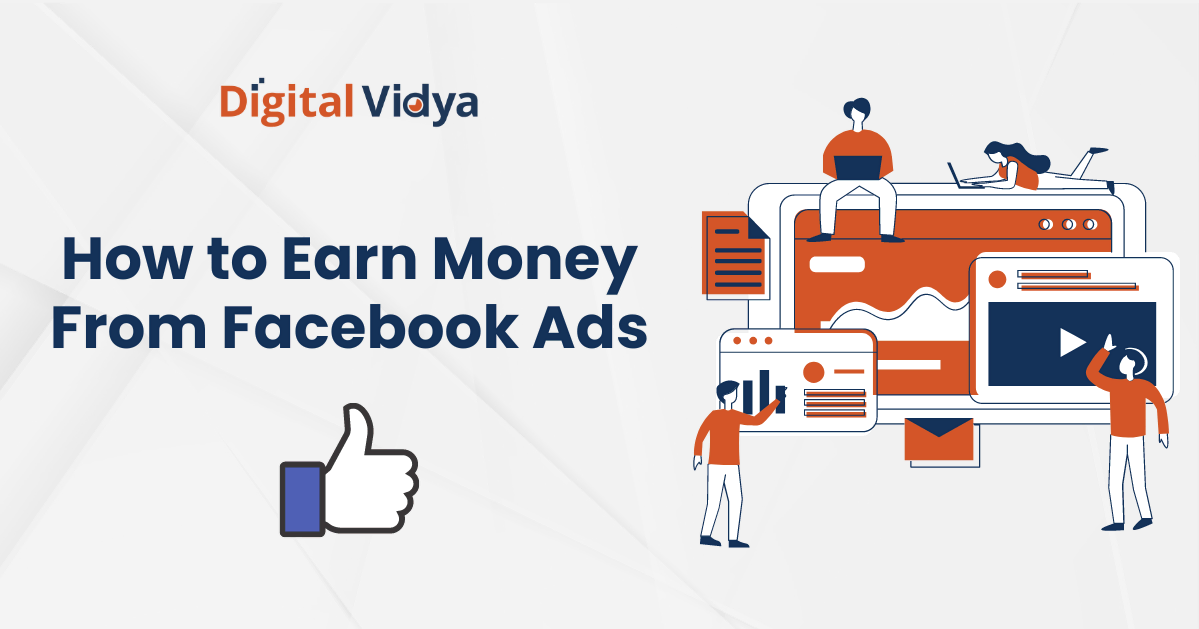
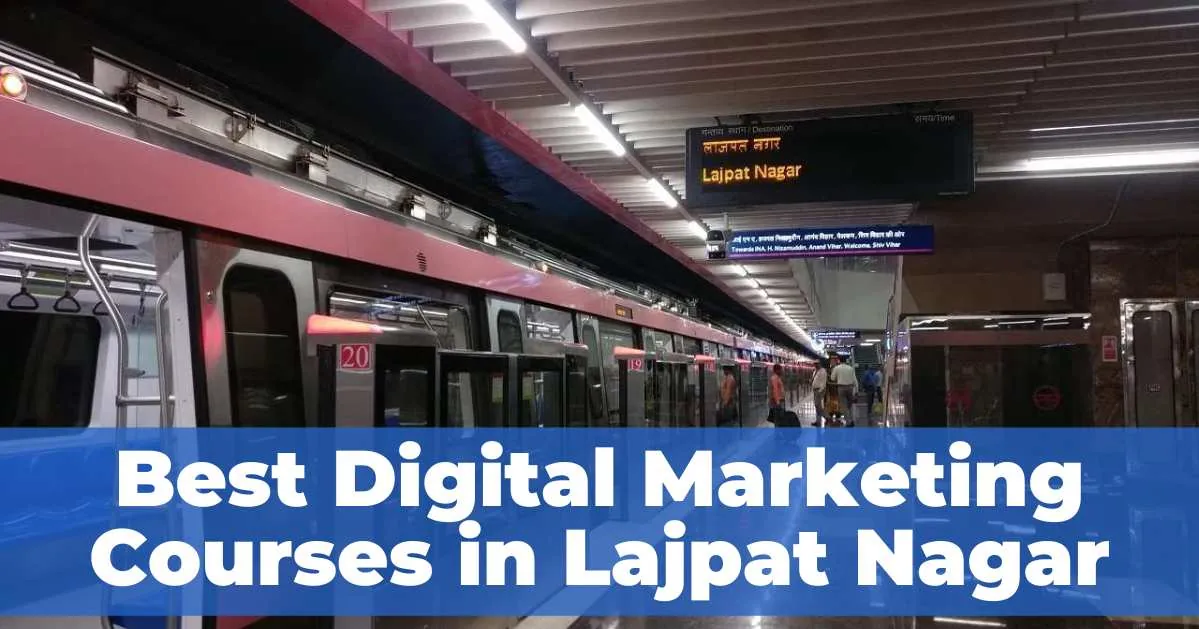
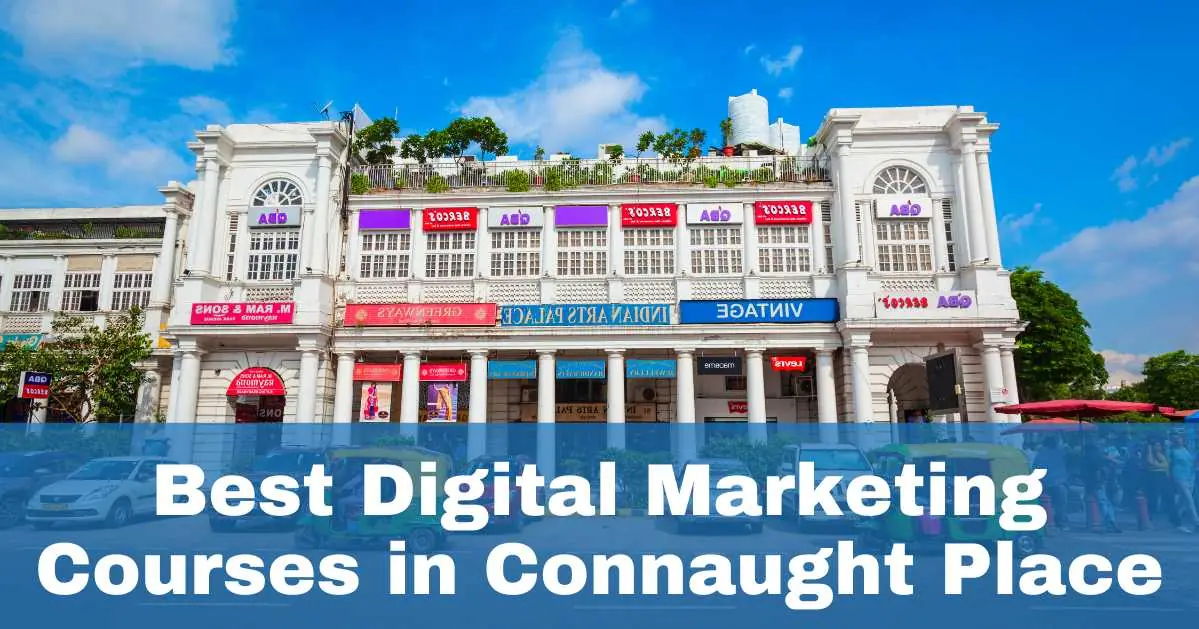
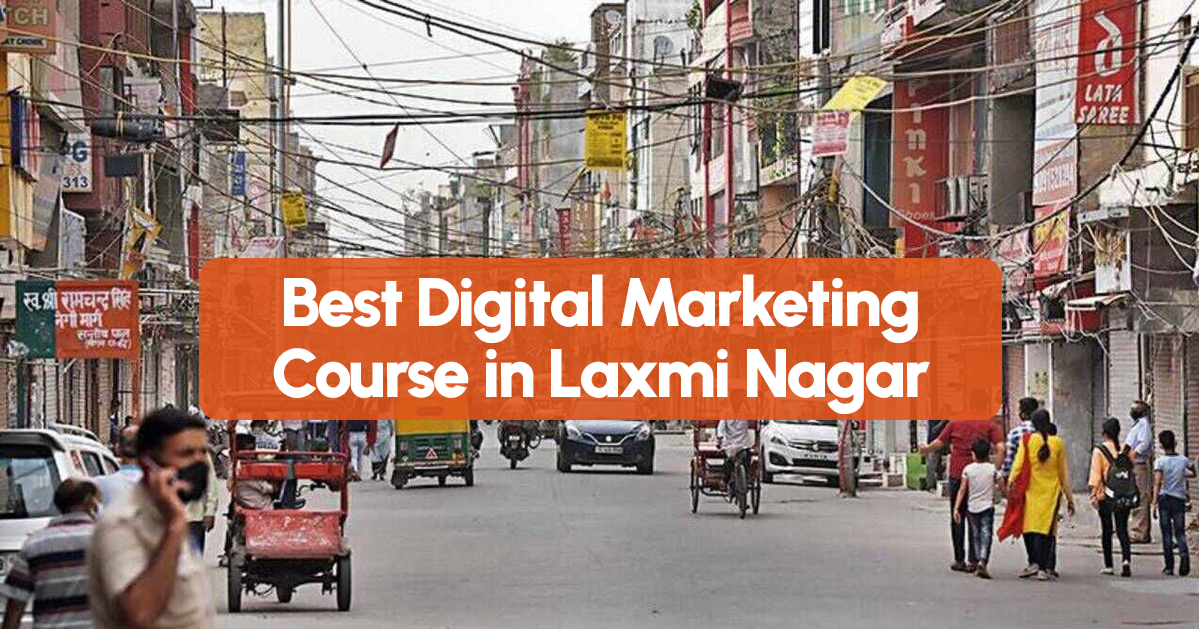
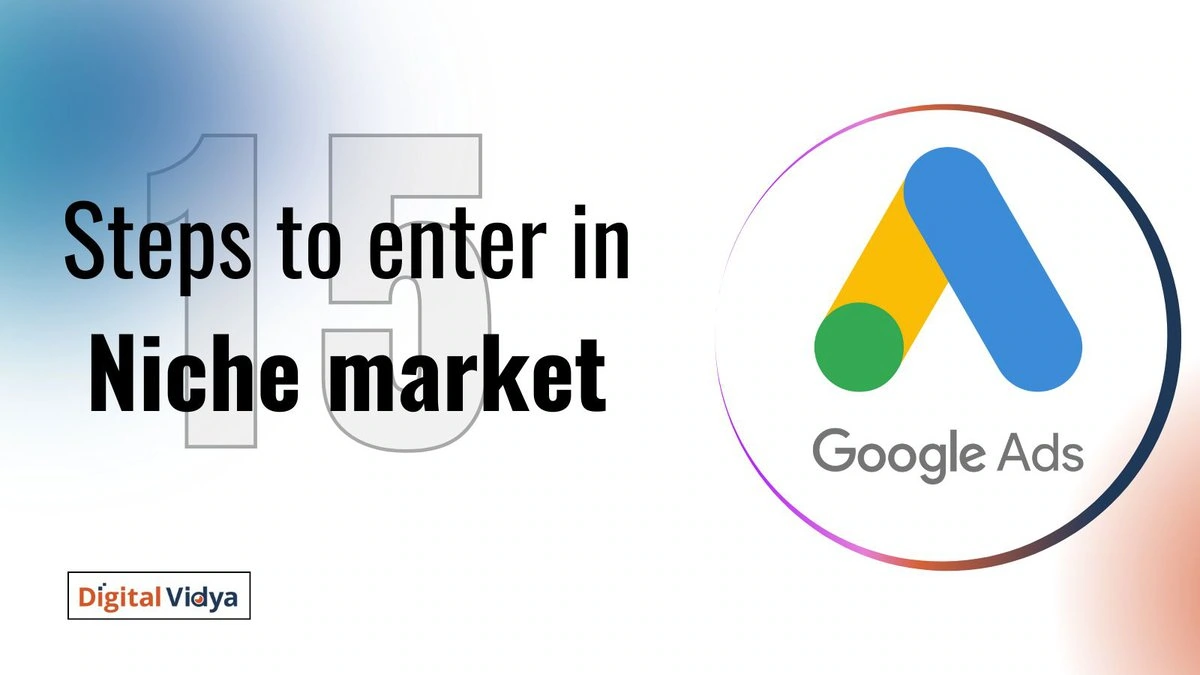
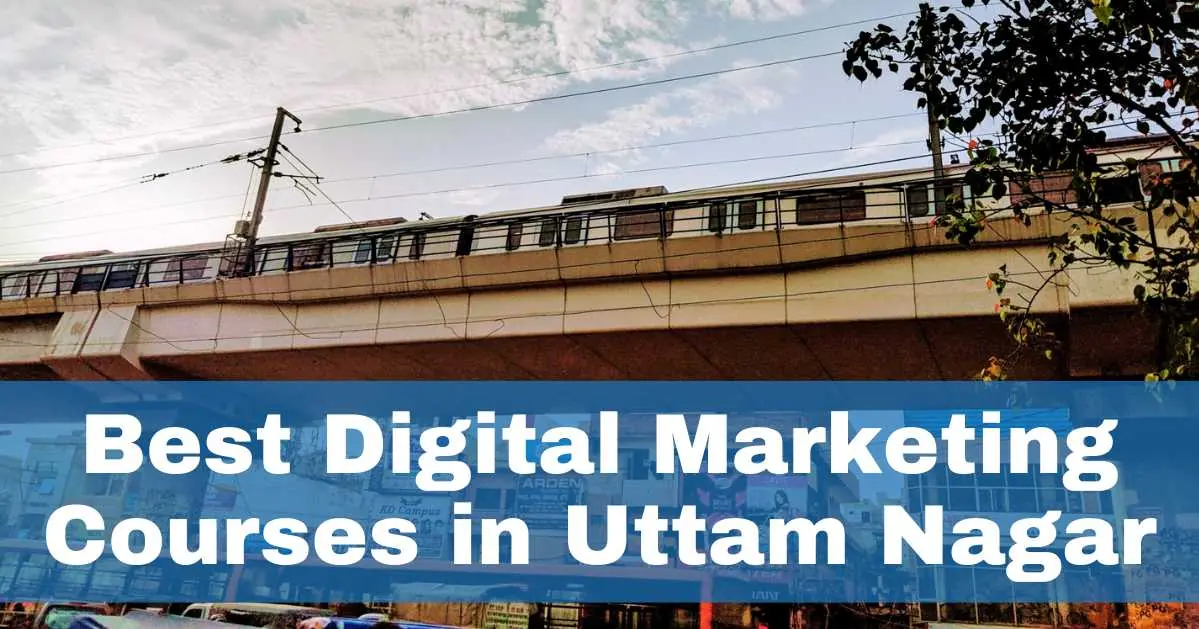
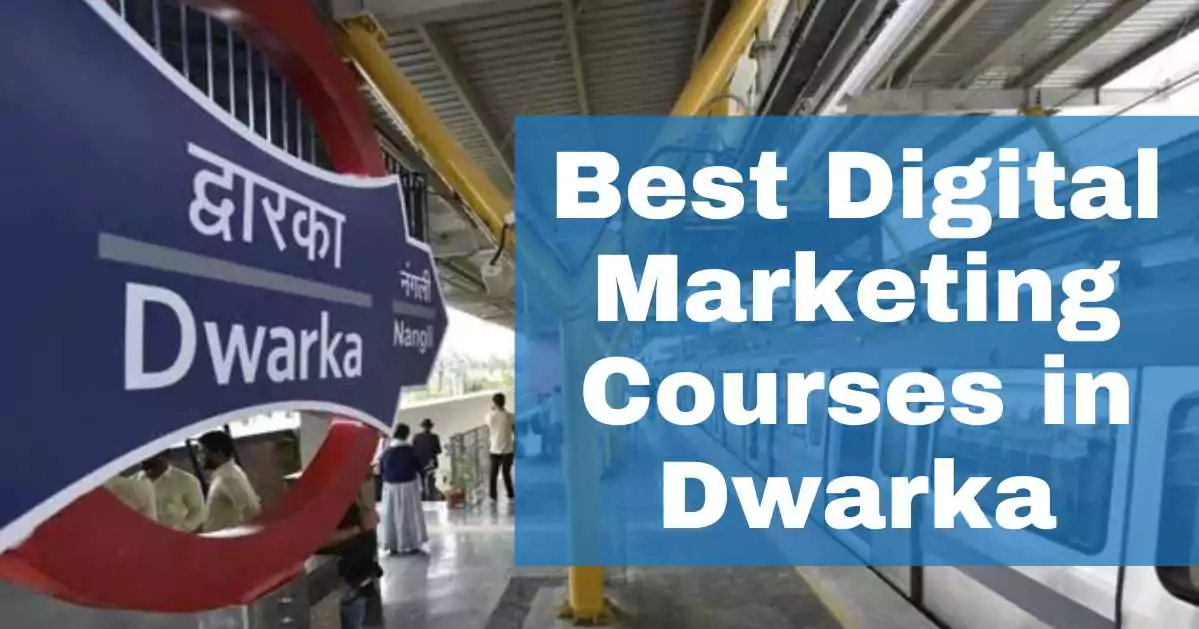


Hello Sir I am start for Facebook advertising and create a new page all information and help
Very Engaging Article, Good Read!
Very helpful article about earn money from facebook ads.
I need online ads Facebook page , how will help regarding page.
very promising article about Facebook ads
very promising article about Facebook ads. it helped a lot know about facebook ads.
Thanks for sharing this article. I have read other articles like this before but this one is well-written. All of your tips are straight-to-the-point and explained simply. This is very helpful for everyone.